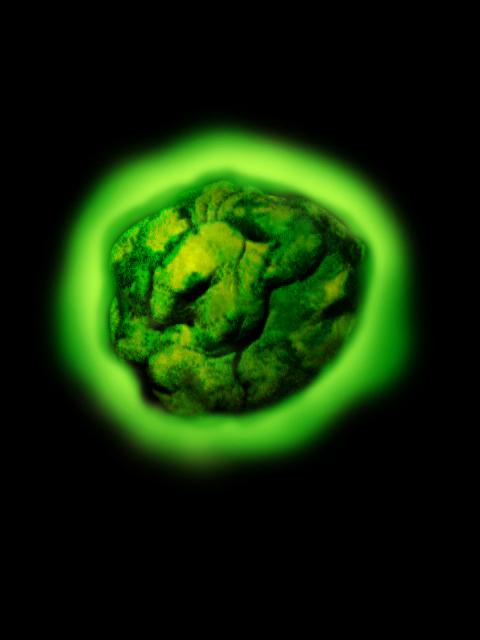|
|
| Radium is silvery, lustrous, soft, intensely radioactive. It readily oxidizes on exposure to air, turning from almost pure white to black. Radium is luminescent, corrodes in water to form radium hydroxide. Although is the heaviest member of the alkaline-earth group it is the most volatile. Applications Radium is used in luminous paint (in the form of radium bromide). Radium and beryllium were once used as a portable source of neutrons. Radium is used in medicine to produce radon gas, used for cancer treatment. At the beginning of the 19th century radium was used as additive in products like toothpaste, hair creams and even food items. |
